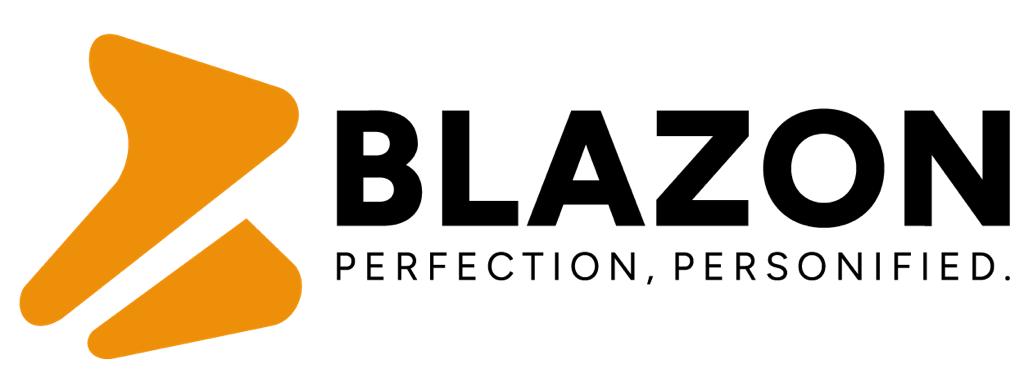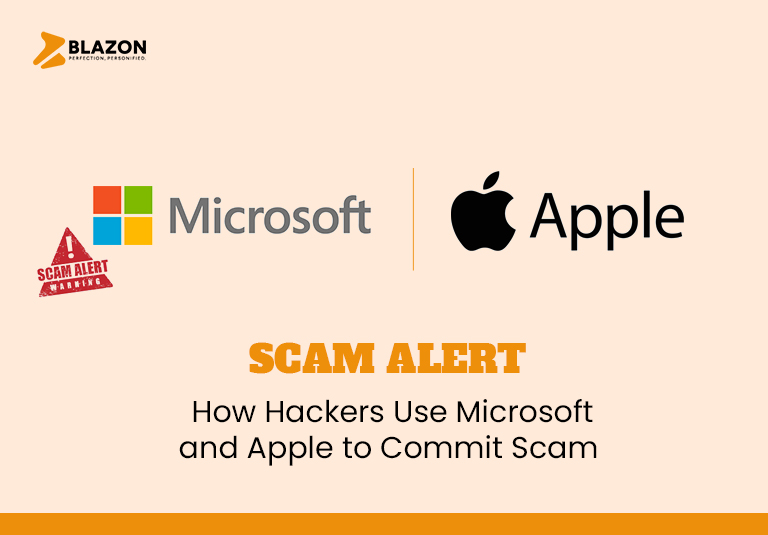Our online experiences are greatly impacted by our faith in tech giants like Apple and Microsoft in an increasingly digital environment.
However, fraudsters frequently take advantage of this confidence by creating intricate frauds that play on the well-known brands of these tech giants.
The latest fraud surfaced shortly after the release of the iPhone 16 series.
A CNBC reporter claims that scammers trick customers into believing gadgets are compromised by sending false alerts. The user is then instructed to contact the service provider, instilling a sense of urgency. You will eventually receive requests for private or sensitive information from someone posing as Apple or Microsoft. Finally, you disclose such information and go into problems.
AI Makes Scams More Difficult to Spot
Artificial Intelligence (AI) is making it more difficult for people to identify fraud and distinguish between real and fake communications.
Nowadays, some scams use artificial intelligence (AI) to appear real, particularly when they use a well-known brand logo.
Hackers use pop-up emails to target users, pretending that their system has been infiltrated and that the user must fix it immediately to continue using it. These phishing emails may contain malware, even if they appear from reputable sources like Microsoft, McAfee, PayPal, and Norton.
The distinction between real-life interactions and fraudulent activities is becoming increasingly unclear as these technologies advance; therefore, users must be more cautious and educated to protect themselves from these fraudulent methods.
Users are being requested to fill out forms, which is another scam the hackers are attempting. These forms require your personal information. The fraudsters then go on to use these details improperly. Additionally, these papers may include voice tracks advising you to get your gadget fixed as soon as feasible.
Malvertising, on the other hand, is the practice of showing individuals an advertisement that contains malware when they search for a term on Google or Microsoft Bing. According to the report, scammers purchase search engine advertisements, which show up as sponsored material when a user queries the search engine. Consider the possibility that a person looking for “Microsoft support” could come across a phony advertisement showing a false support number.
Actions to do in the case of a scam
- To avoid more deception or loss, end all communication with the scam right away.
- For future reference, save records of every message, including messages, emails, and transaction information.
- To assist in preventing fraud and possibly recovering damages, notify the appropriate authorities or consumer protection organizations.
- To stop unauthorized access, change the passwords on the impacted accounts and turn on two-factor authentication.
- Check your credit report and bank records frequently for any unusual transactions or indications of identity theft.
Conclusion
Hackers are always changing their strategies in an attempt to take advantage of the confidence that is associated with respectable businesses such as Apple and Microsoft. Users can better protect themselves from being victims of these frauds by being aware and responsive.
Trust yourself and take the appropriate safety measures if something looks too good to be true or feels suspicious. In a world where everything is connected, it is crucial to safeguard your digital identity.


